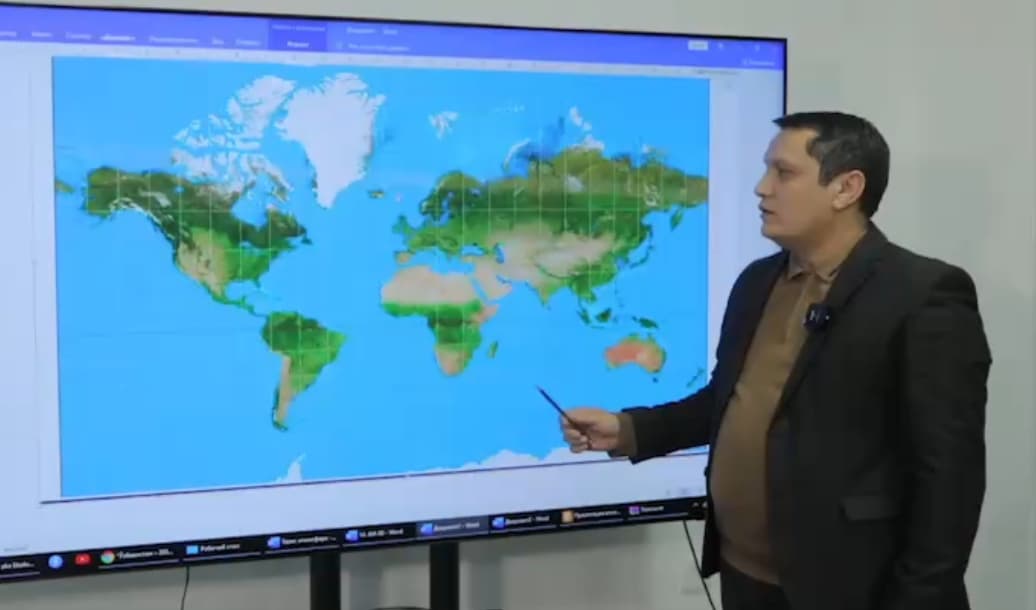Air Pollution: Permanent and Seasonal Factors
2025-02-13 13:00:00 / News

It is important to note that Uzbekistan is located in an arid region of the Earth, characterized by a desert and semi-desert climate, where dust storms frequently occur. Additionally, Tashkent is surrounded by mountains, which hinder air circulation. As a result, harmful substances accumulate in the atmosphere, contributing to air pollution.
When monitoring air quality, the concentration of various dispersed particles is measured, with PM2.5 being the most common.
Fact!
According to research by the World Bank, the main sources of PM2.5 particles are:
— Natural dust – 36%
— Heat supply – 28%
— Transport – 16%
Air pollution in Tashkent is most severe in the autumn-winter period. This is due to the use of fuel oil, coal and other harmful substances in heating systems, the absence of filters in greenhouses and industrial enterprises and non-compliance with environmental regulations.
In addition, transport remains a constant source of pollution throughout the year. Other factors depend on the season: from October to February, pollution is mainly caused by heating systems, while from March to September, it is linked to natural dust.
For reference: The Ministry of Ecology, Environmental Protection and Climate Change together with other responsible organizations conducts continuous monitoring of the environment and air pollution levels. During the autumn-winter period, special attention is given to the 24/7 control of greenhouse operations. If excessive emissions into the atmosphere are detected, appropriate measures are taken: violators are ordered to suspend activities, awareness campaigns are conducted and preventive measures are implemented.
